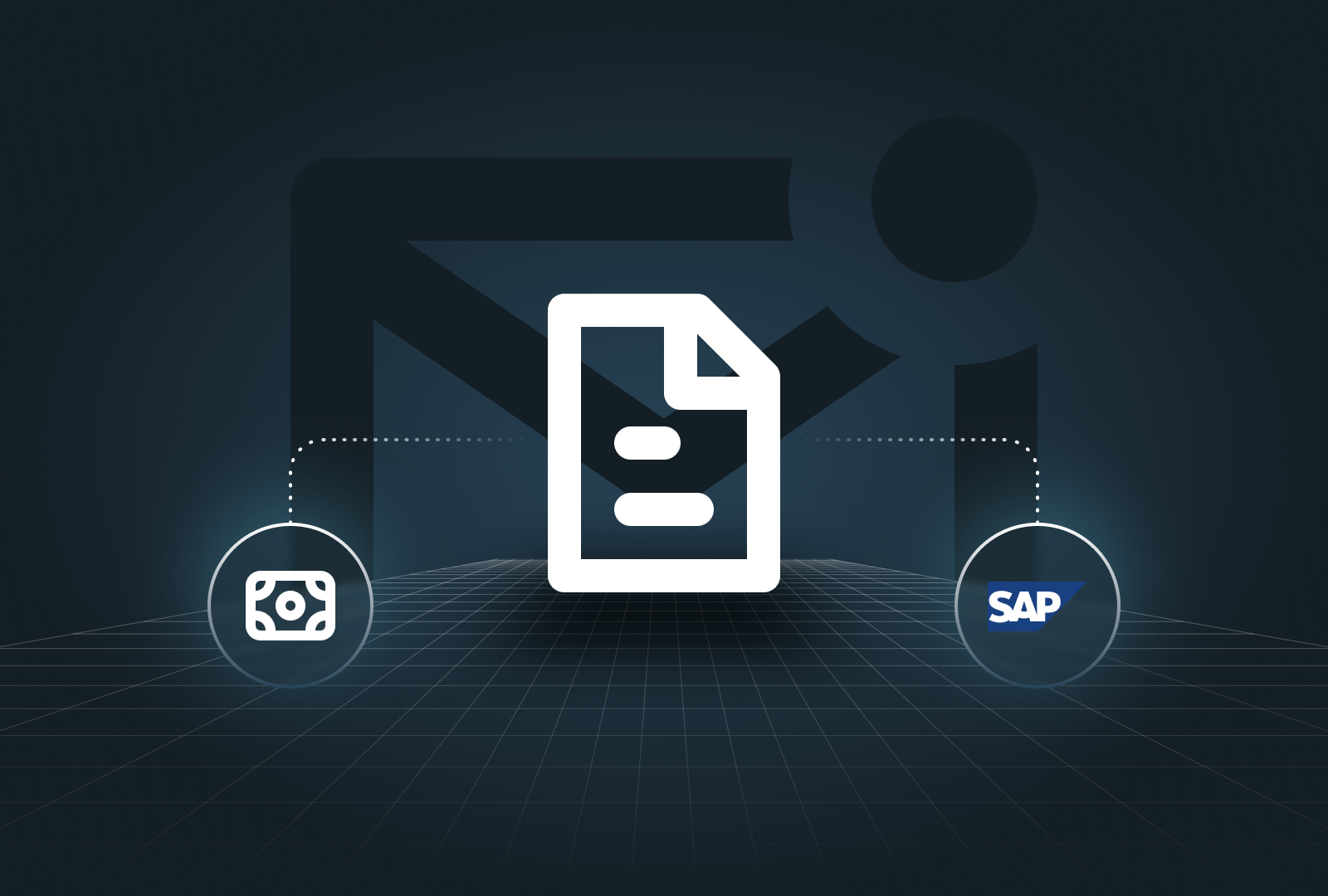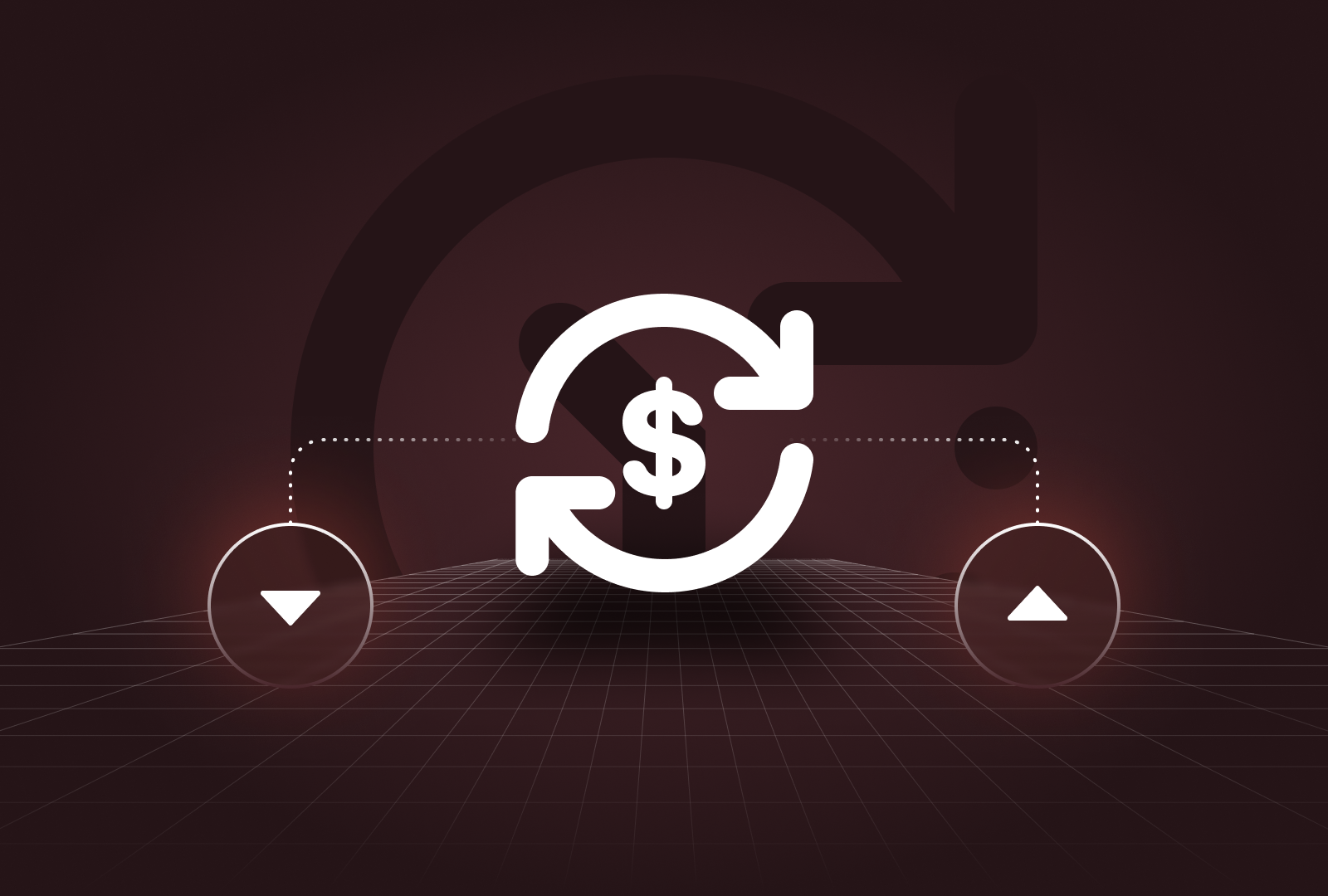Can you describe your job and your responsibilities?
I have been working at Peersgroup for 3 years, a consulting firm specialized in transformation, where I am a senior consultant.
I manage a scope related to procurement strategy and procurement performance for fairly mature companies, meaning those with more than 500 employees.
The assignments are very varied and can consist of:
- Conducting a procurement performance audit overall, including the tools and processes used by the companies
- Improving performance in specific procurement categories
- Reviewing an organization - people, skills, and processes
Before Peersgroup, I had various experiences as a procurement manager for over 3 years.
What are the main challenges your clients face in Indirect Procurement departments?
I would say there are 4 main challenges in the procurement departments of the companies we support at Peersgroup.
These challenges can of course vary depending on the industry sector or the context and financial challenges of the company: growth, decline, profitability, expansion, etc.
.png)
1. Presenting or calculating savings.
Procurement teams are often incentivized on these savings. This is calculated in different ways: cost avoidance, cost reduction with savings calculations based on (i) the planned budget, (ii) the difference between the first offer received and the final accepted offer, or (iii) the P&L, comparing year N expenditures to those of year N-1.
2. Ensuring that expenses are under control.
This involves making sure that all expenses are budgeted beforehand. The ultimate goal is to have no "surprise" expenses, out of budget and off the radar.
The P2P (Procurement-to-Pay) process is thus linked to the financial budget of the companies to ensure that expenses are properly budgeted and anticipated. This is indeed key for finance teams to manage the health of their company smoothly: knowing where I spend, with whom, and having visibility on the status of expenses among those that are planned, committed, paid, and to be paid.
3. Doing more with the same resources.
With better control of administrative tasks and good tooling for the teams - especially the procurement teams but also all employees who make or approve purchases, such as managers of certain departments.
4. Ensuring that suppliers are compliant.
Compliant with the company’s policies and validated by the Procurement Department to avoid any risk. Controlling suppliers is indeed the final brick but becomes very important as the company structures and grows.
What tools do your clients use other than P2P (Procurement To Pay) tools?
There are several types of tools used in Procurement departments depending on the topics covered:
- Expense management tools - such as Qonto, Lucca, Spendesk, which are primarily used for expense reports but clients sometimes “bend” them a bit to start doing P2P. However, they quickly show their limits for procurement management in a company with more than 300 employees.
- Contract lifecycle management (CLM) tools - such as Docusign, Tomorro, or Malbek.
- ERPs - such as Netsuite, SAP - even though procurement teams use the ERP minimally, it is primarily used by accounting. The ERP helps track expenses not processed through a P2P tool.
- Dedicated tools for sourcing or supplier management with CSR questionnaires, compliance questionnaires, and survey capabilities by the teams, for example.
Why did you recommend Payflows to one of your clients for their P2P?
Our client had a semblance of a procurement process with a makeshift purchase request and an invoice tool with Spendesk. However, expenses and purchases were never really linked to a budget, so the goal was to connect everything to truly understand consumption against the budget.
We concluded that Payflows was the best solution for our client given their context and the fact that they were already using Payflows for cash management and payments

What we were looking for - for this client - included, among other things:
Making a purchase request before working with suppliers rather than only when the invoice is received, which is too late and does not give the finance teams visibility on planned and committed expenses.
- Managing purchase requests that were never communicated to suppliers through compliant purchase orders. Otherwise, there was no visibility on the commitment, service, scope, or timing.
- Linking services with contracts
- In cases where there is no contract - having a purchase order to ultimately better manage payment terms and reduce supplier relationship risks if there are issues with the service (procurement and legal departments)
- Eliminating all mapping issues between procurement and accounting, which do not always understand each other by automating manual tasks
- Filling in fields during the purchase request to automate accounting as much as possible: purchase categorization, supplier information, etc.
- Automatically collecting invoices
- Synchronizing procurement data with accounting data sent to the ERP
.png)
Payflows addresses all these issues within a multi-country, fast-growing organization with, additionally, a cash management and payment module that communicates perfectly with the P2P module.
Following a tender process conducted by Peersgroup where we evaluated 5 different solutions, we concluded that Payflows was the best solution for our client given their context and the fact that they were already using Payflows for cash management and payments. The integrations are therefore perfect.





.jpeg)
.png)





.png)



